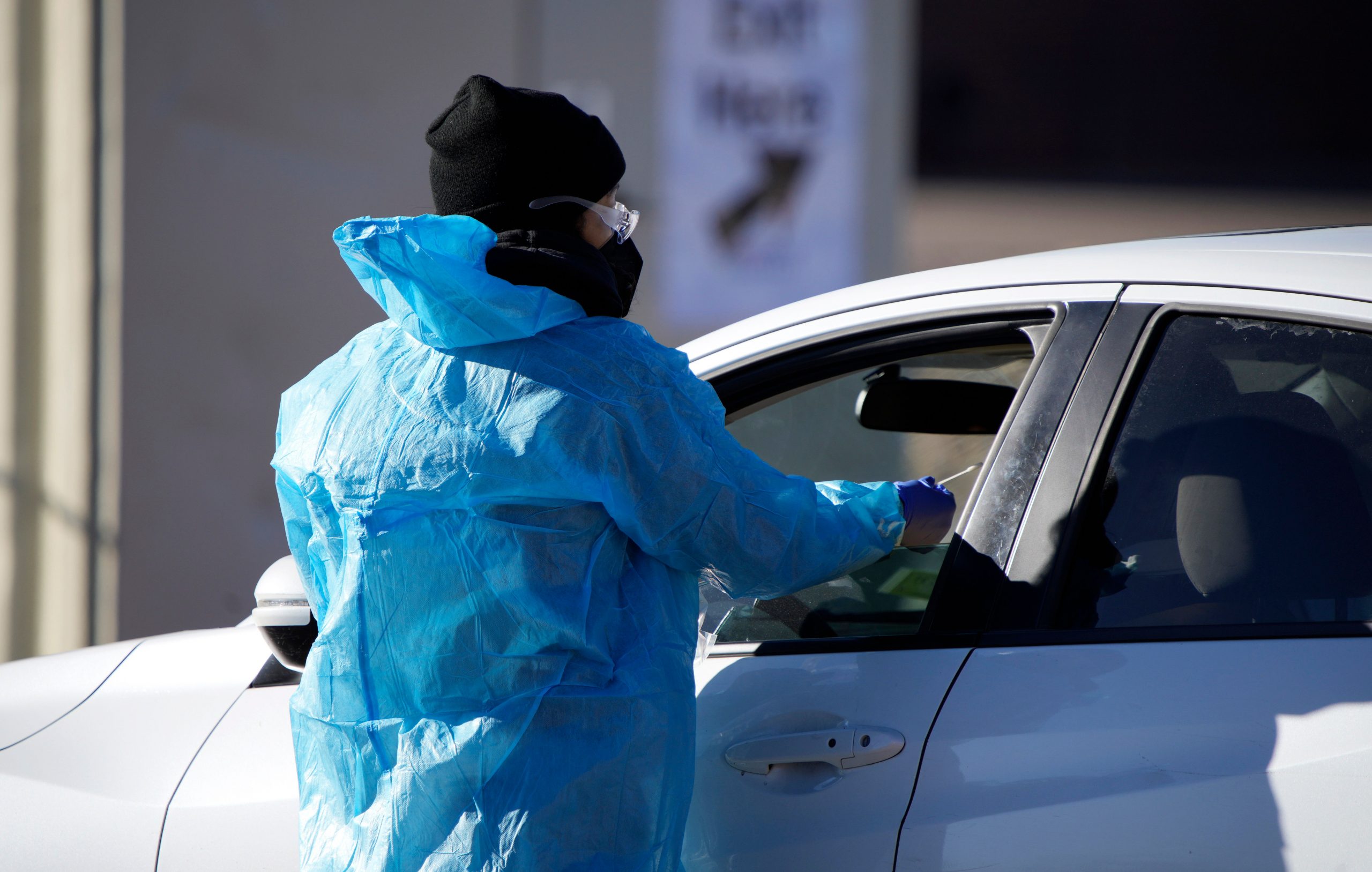To mask or not to mask is a question Italy settled early in the COVID-19 outbreak with a vigorous “yes.” Now the onetime epicenter of the pandemic in Europe hopes even stricter mask rules will help it beat the latest infection surge.
Several other countries are taking similar action as the more transmissible — yet, apparently, less virulent — omicron variant spreads through the continent.
Also read: North Korea fires fresh missiles in response to US sanctions
With Intensive Care Units (ICU) in Italy’s hospitals rapidly filling with mostly unvaccinated COVID-19 patients, the government announced on Christmas Eve that FFP2 masks — which offer users more protection than cloth or surgical masks.
That’s even though all passengers in Italy, as of this week, must be vaccinated or recently recovered from COVID-19. FFP2s also must now be worn at theaters, cinemas and sports events, indoors or out, and can’t be removed even for their wearers to eat or drink.
Also read: Australia cancels Novak Djokovic’s visa again, ahead of Australian Open
Italy reintroduced an outdoor mask mandate. It had never lifted its indoor mandate — even when infections sharply dropped in the summer.
The Associated Press reported that Spain reinstated its outdoor mask rule on Christmas Eve. After the 14-day contagion rate soared to 2,722 new infections per 100,000 people by the end of last week — from 40 per 100,000 in mid-October — Prime Minister Pedro Sánchez was asked whether the outdoor mask mandate was helping.
Also read: Omicron may not be stopped by cloth masks, study suggests
“Of course, it is. It’s not me saying it. It’s science itself saying it because (it’s) a virus that is contracted when one exhales,” Sanchez said.
Portugal brought masks back at the end of November, after having largely dropped the requirement when it hit its goal of vaccinating 86% of the population.
Also read: Explainer: Why didn’t China send troops to aid Kazakhstan?
Greece has also restored its outdoor mask mandate, while requiring an FFP2 or double surgical mask on public transport and in indoor public spaces.
This week, the Dutch government’s outbreak management team recommended a mask mandate for people over age 13 in busy public indoor areas such as restaurants, museums and theaters, and for spectators at indoor sports events. Those places are currently closed under a lockdown until at least Jan. 14.
Also read: UN forecasts lower global economic growth for 2022 and 2023
In France, the outdoor mask mandate was partially reinstated in December in many cities, including Paris. The age for children to start wearing masks in public places was lowered to 6 from 11.
People with booster shots or recent second vaccine doses can now avoid quarantine after coming into contact with an infected person if they wear a FFP2 mask for 10 days.
Also read: Houston Texans fire head coach David Culley: Report
The government has ordered shops to make FFP masks available for 75 euro cents ($0.85). In the pandemic’s first year, FFP2s cost up to 10 euros ($11.50) — whenever they could be found.







